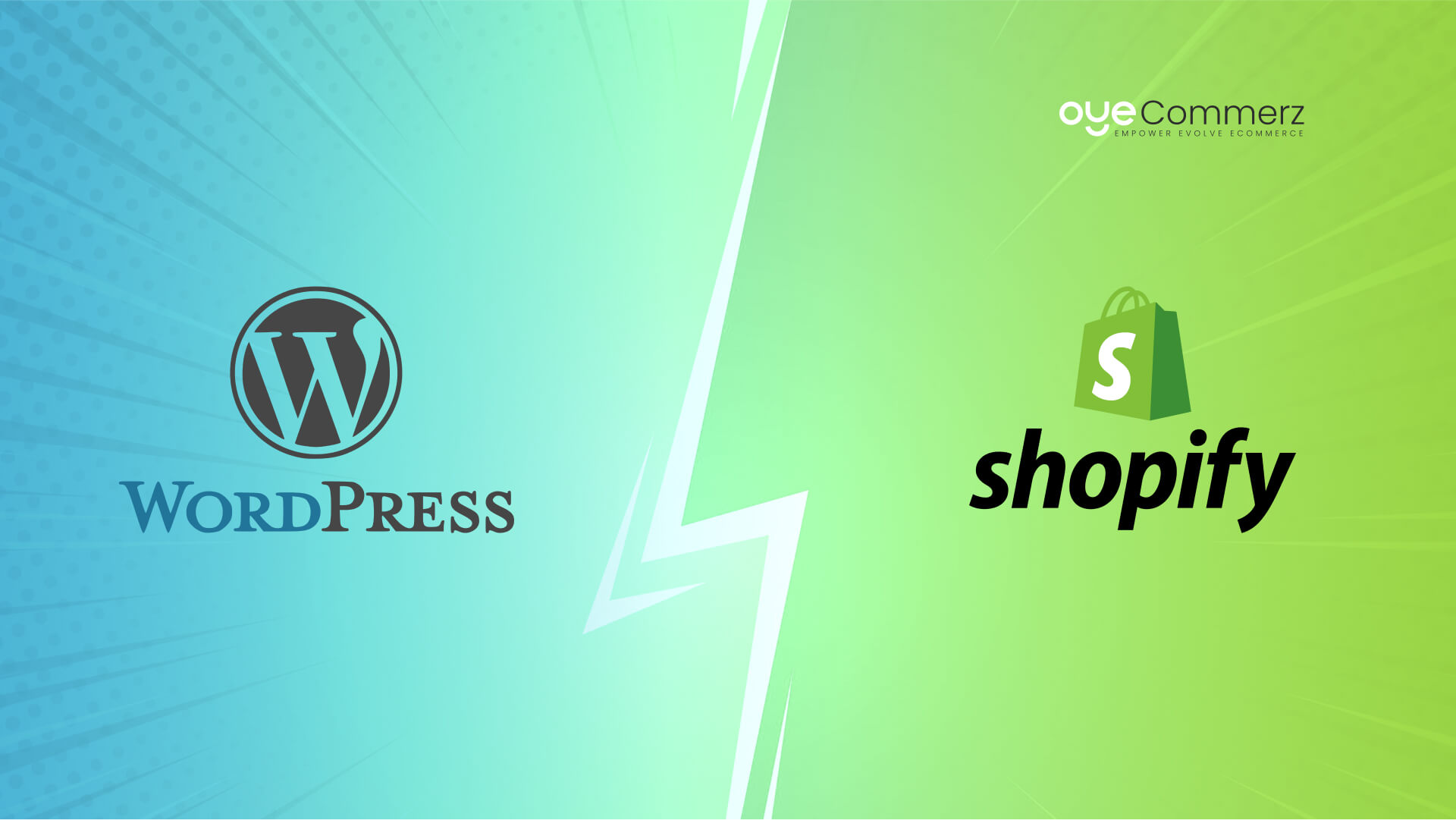An e-commerce platform's success is defined by its scalability, adaptability, and ability to offer seamless experiences to customers.
If you’re planning to migrate from WordPress to Shopify, you’re likely aiming for superior performance, greater functionality, and a more future-proof platform.
Discover the critical steps, expert tips, and proven strategies for migrating to Shopify with minimal disruptions and maximum impact.
Introduction: Why Migrate from WordPress to Shopify?
WordPress is a flexible platform, but its dependency on plugins can complicate e-commerce scalability.
Shopify is designed specifically for online retail, offering powerful tools, security, and scalability to fit businesses of any size.
With over 4.5 million e-commerce websites using Shopify globally in 2024, it is a dominant force in the industry.
Switching to Shopify can unlock benefits in payment integrations, mobile optimization, and order management.
This is your detailed plan for a successful migration journey.
Step 1: Evaluate Your Online Store's Requirements
Start by reviewing your store’s current performance and identifying future needs.
Highlight limitations like slow loading speeds or plugin dependencies that hinder scalability.
With tools like Shopify Payments and flexible themes, Shopify minimizes the need for external plugins.
Step 2: Plan Your Migration Thoroughly
An unorganized migration process may cause disruptions, data mishandling, or extended delays.
Prepare for a seamless move by addressing essential aspects like inventory details, customer databases, and sales records.
Shopify provides tools and third-party apps to simplify the migration process and safeguard important information.
Step 3: Tailor Your Shopify Experience
Shopify’s flexible themes allow you to reflect your brand identity seamlessly.
Browse the Shopify Theme Store for templates or modify them to enhance user experience.
Themes such as “Impulse” or “Prestige” deliver visually stunning layouts and powerful features.
For large-scale operations, Shopify Plus customization ensures a distinctive brand presence.
Oyecommerz provides expert Shopify Plus customization services to elevate enterprise branding.
Step 4: Safeguard Your Search Engine Optimization
Maintaining your SEO settings is crucial to keeping your website visible in search results.
Shopify offers URL redirection to ensure that your visitors land on the right pages.
Optimize metadata and link to Google Analytics for seamless SEO tracking on Shopify.
Failure to handle SEO settings correctly can cause a temporary loss of web traffic.
Step 5: Leverage Shopify’s App Ecosystem
The Shopify App Store provides a wide range of applications to improve your store’s capabilities.
Integrate apps such as Klaviyo for targeted email campaigns or Yotpo for showcasing user reviews.
Use Shopify API integrations to connect your store with external systems effortlessly.
Work with Oyecommerz for custom Shopify app integrations that Shopify store enhancements optimize business workflows.
Step 6: Optimize for Mobile Users
Mobile shopping now represents over half of online purchases, emphasizing the need for mobile-friendly design.
Every Shopify theme is built to adapt seamlessly to different screen sizes and devices.
Shopify’s payment options, like Shop Pay, offer a quick and frictionless checkout experience.
Focus on streamlined navigation and speed to maximize mobile sales potential.
Step 7: Empower Your Team with Shopify Training
While Shopify’s interface is user-friendly, training your team ensures a smoother transition.
Familiarize your employees with Shopify’s dashboard, product management, and reporting functions.
Well-trained staff can make the most of Shopify’s features, improving overall store efficiency.
Step 8: Verify Store Readiness Pre-Launch
Test your store rigorously to ensure all systems function smoothly before launching.
Verify that product information, inventory, and navigation links are error-free.
Simulate purchases to confirm your store’s payment methods and checkout flow are problem-free.
A well-tested store provides users with a flawless shopping experience from the start.
Step 9: Announce Your New Store Boldly
Turn your platform switch into a marketing event to attract attention and retain customers.
Use email campaigns and social media to inform customers about the benefits of the new platform.
Showcase features like faster load times and a secure checkout to build trust and excitement.
Conclusion: Shopify – The Key to E-Commerce Growth
Migrating from WordPress to Shopify is more than a technical change—it’s a transformative step for your business.
From scalability to intuitive tools, Shopify equips your store to thrive in competitive markets.
For businesses of any size, Shopify offers unparalleled support for achieving e-commerce goals.
Rely on Oyecommerz for expert guidance throughout your Shopify migration journey.
Trust Oyecommerz to make your migration stress-free and maximize your store’s capabilities.
Unlock the future of your business with Shopify Plus for large e-commerce stores Shopify—partner with us for a flawless migration experience.
